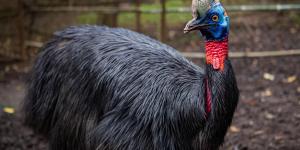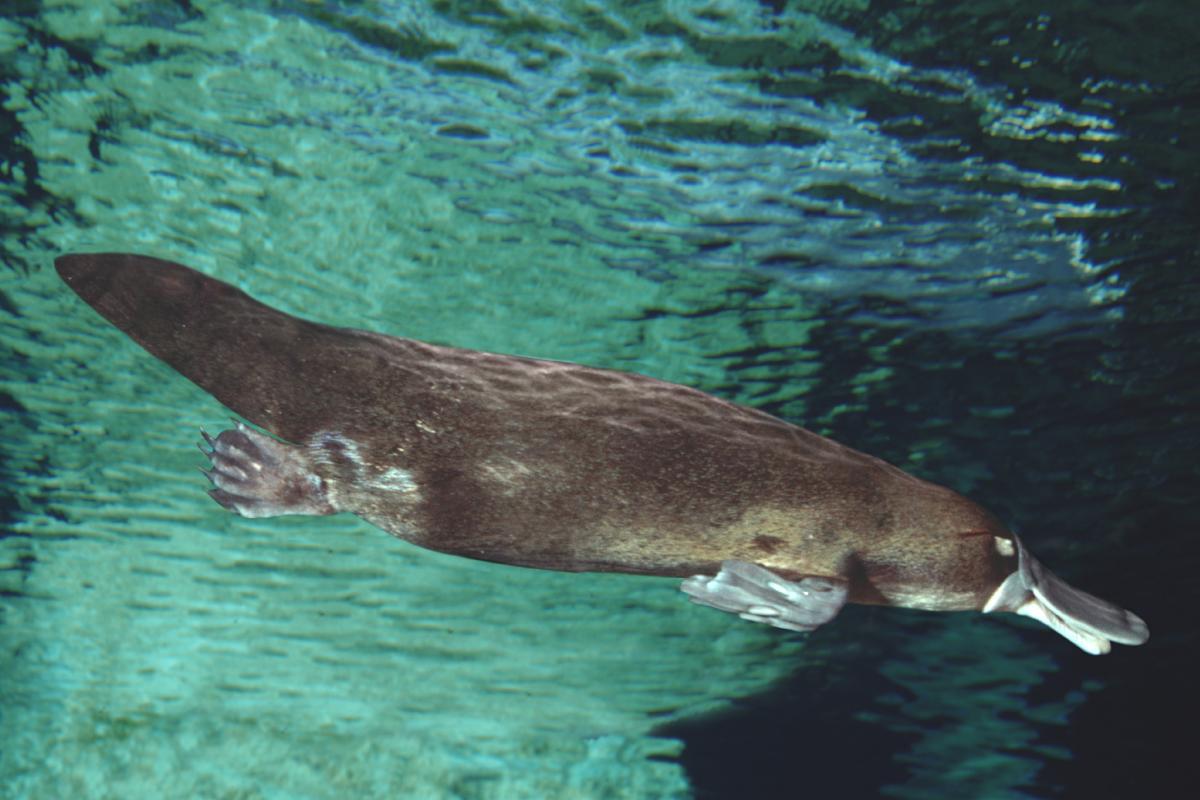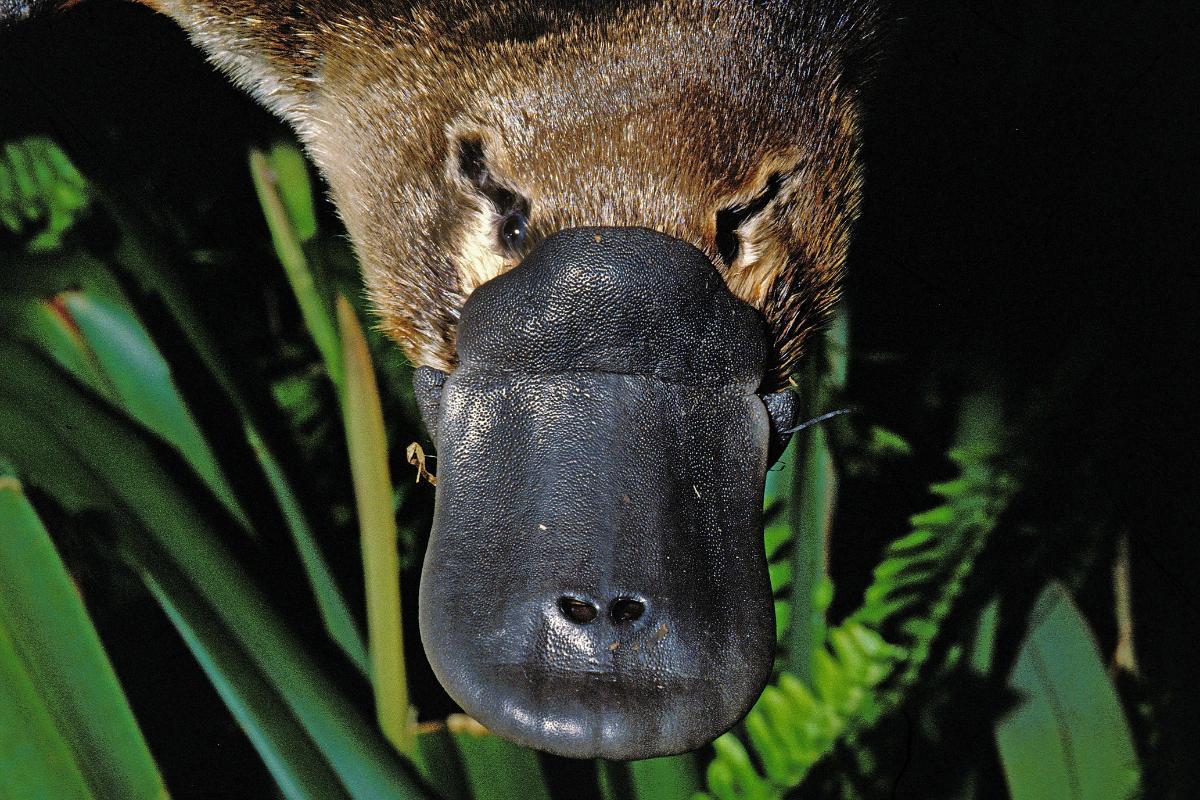Is the Platypus a Mammal or a Bird?


If I was to describe an animal with webbed feet, a beak and the ability to lay eggs, you would be forgiven for assuming I was talking about a bird. Oddly enough, this description also fits the platypus (Ornithorhynchus anatinus), the only animal in its genus. It is a fascinating creature which has befuddled zoologists for many years and still has much to teach us. It is a vertebrate, as are both birds and mammals. Both birds and mammals date back millions of years, but few remain. This makes the platypus very special since it has been determined that platypus ancestors date back to the Pleistocene era.
While there are various clues about the taxonomy of the platypus, thedailyECO settles it once and for all by asking is the platypus a mammal or a bird? We find out that it is indeed a mammal, sharing many similarities with other mammal species, but also many traits which are unique the platypus.
Is the platypus a mammal or a bird?
If it walks like a duck and talks like a duck, is it a duck? If it's a platypus, maybe not. Like ducks, the platypus has a bill, likes around aquatic environments and lays eggs with a hard shell. This egg-laying ability is unlike almost all other mammals. Generally, mammals will birth their young after they complete embryonic development inside the mother, a condition known as viviparity.
The platypus is a monotreme, the only mammals which lay eggs instead of giving birth to live young. Birds are animals which give birth to eggs which are laid before the embryonic development is completed, making them oviparous animals. This is one of main reasons people sometimes wonder if the platypus is a bird or even a bird/mammal hybrid.
With all this in mind, we can say the platypus is a mammal and not a bird. They are not he only mammal that lays eggs. Other monotremes include the different types of echidna. Discover more about the different types of mammals and their classifications with our related guide.

Why the platypus is a mammal?
There are certain traits and characteristics which bind mammals as a taxonomic, morphological and behavioral group. Some of these are traits that all mammals possess, others are unique to mammals. They include:
- Hair: although some mammals don't have visible hairs, even whales have hairs at some point in their life cycle. Platypuses have thick fur over most of their body, something which only mammals can display.
- Feed young with milk: as with other mammals, the mother platypus feeds their young with milk which they generate on their own.
- Limbs: as with most terrestrial mammals, the platypus has four limbs. Some mammals have wings like birds, but this is not the case with the platypus. Learn more with our article on types of flying mammals.
- Homeothermic: also known as being endothermic, homeothermic animals maintain an almost constant body temperature, regardless of changed in environmental temperature. Birds are also homeothermic, but may thermoregulate differently to the platypus.
Other important characteristics of mammals that the platypus shares are not as visible, but that are important diagnostics to position it as a mammal. These include the 3 bones of the middle ear and the 4-chambered heart, characteristics common in all mammals. Furthermore, the nervous system of mammals is complex and allows them to process information in order to respond and react according to some behavior. This aspect is also shared by the platypus.

Why does the platypus lay eggs if it is a mammal?
The platypus lays eggs as a result of adaptation that it generated at some point in its evolution. Several aspects can be taken into account regarding this type of biological adaptation and why it has benefitted the platypus for its continued survival:
- Habitat: the platypus is a semi-aquatic animal, meaning it lives part of the time on land and part of the time in fresh water such as rivers. Thanks to these particular conditions of its habitat, it was able to develop the ability to gestate its young in the womb, but also to deposit them externally inside a shelled egg. This change functioned as an improvement in the gestation process, retaining the offspring for a time to promote greater chances of survival.
- Incubation protection: like all mammals, it carries its young in its belly for a few weeks, but unlike non-monotremes, it lays an egg through the cloaca, where the young is. The baby remains in the uterus for 28 days and then remains for 10 more days in external incubation inside the egg.
- Evolution: platypuses are the most primitive current mammals, because they retain reptilian features that demonstrate how this group has evolved. In the process of evolution there are animals that have lost abilities along with some of their genes. Such is the case of man. Over the centuries, humans lost the three genes called vitellogenin which are important in the production of egg yolks. We also developed casein genes, which allow us to produce milk. In the case of the platypus, it conserves all of them. In this way, it is genetically capable of laying eggs, being a mammal, but not viviparous.
The platypus is a very special animal which allows us a greater insight into evolutionary adaptation than we would have known without it. It has been developing for about 120 million years. When the baby platypus is born, they have an egg tooth to break the shell, but this is lost when they develop. It can swallow food directly from the throat to the intestines which allows it a fast digestive process, something which has also likely helped with their longevity.

Other mammals that lay eggs
Those mammals that lay eggs are called monotremes, meaning they are of the order Monotremata. Although the platypus is the only one of its genus, there are some others which belong to this group. They have a relatively very small population distribution, with all of them being confined to Australia and New Guinea.
The echidna is an animal similar to the hedgehog in terms of shape. Like the hedgehog, it is also covered with keratinous spines that serve as a form of defense mechanism. There are two extant genera:
- Zaglossus spp.: they are long-beaked echidnas and live in New Guinea.
- Tachyglossus spp.: short-beaked echidnas that are distributed in Australia.
Regarding their habits, echidnas live close to the ground and are carnivorous, eating mainly ants and termites. Although their ancestors were aquatic, echidnas are exclusively terrestrial animals, unlike the platypus.
Now we know the platypus is a mammal and not a bird, we have seen how mammals reproduce. We might want to learn more about their differences by looking at our guide to how birds reproduce.
If you want to read similar articles to Is the Platypus a Mammal or a Bird?, we recommend you visit our Facts about animals category.
- Parker, T. J., & Haswell, W. A. (1987). Zoology. Cordates. Argentina: I reversed.








